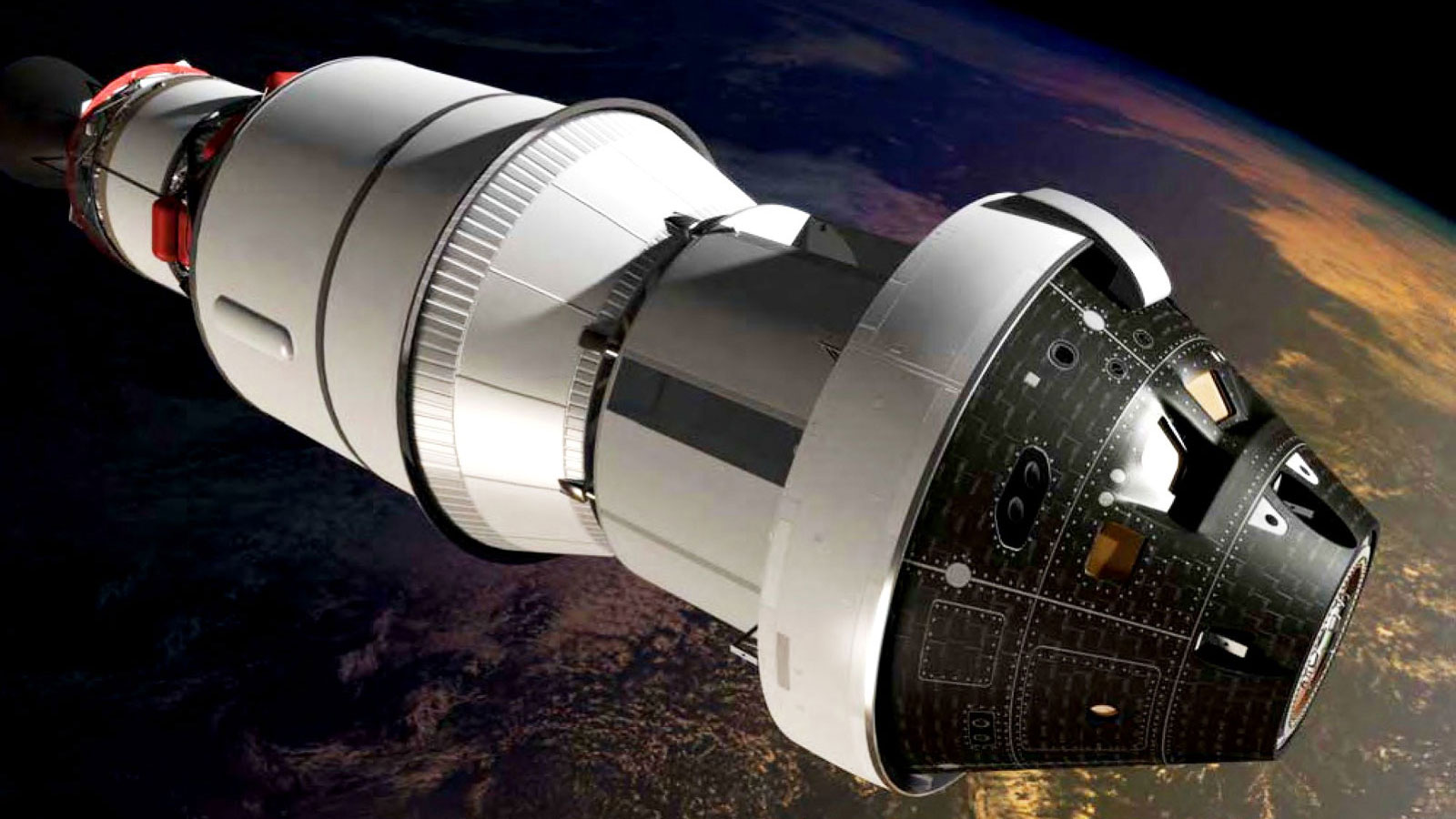Today’s Deep Space Extra offers the latest reporting and commentary on space related activities from across the globe. Texas Congressman Brian Babin, chair of the U.S. House Science Space Subcommittee, urges a strong NASA focus on human exploration and aeronautics. Astronomers ponder a future destination for NASA’s New Horizons spacecraft. Prospective asteroid miners offer optimistic outlook for extracting water, platinum. Small super massive black hole discovered. Comet 67P erupts before Rosetta spacecraft cameras as the comet makes its closest approach to the sun. Tips on Perseid viewing during meteor shower’s peak. Startup virtual reality company envisions crowd sourced scenes of Earth from the International Space Station. Congressional watchdogs urge caution as U.S. Air Force assesses new commercial launch services for national security missions. The challenges of contemporary space echo those of early aviation, according to op-ed assessment. Japanese entrepreneur eager to clear Earth orbit of manmade junk. NASA envisions small satellite launch services contracts by end of September.
Human Deep Space Exploration
Q&A with U.S. Rep. Brian Babin (R-Texas), Chairman of the House Science Space Subcommittee
Space News (8/11): The chair of the U.S. House policy making panel for civil space, Texas congressman Brian Babin, would prefer that NASA focus on human exploration and aeronautics as it moves ahead. Babin, whose Texas congressional district includes NASA’s Johnson Space Center, acknowledges that it may be necessary to control space costs by consolidating NASA field centers. With regard to NASA’s Commercial Crew Program, Babin has not decided whether the agency should continue to foster spacecraft development by two contractors or down select to one. A dentist, Babin is serving in his first term.
Unmanned Deep Space Exploration
Scientists plan for New Horizons probe’s second act
Spaceflightnow.com (8/11): Scientists are pondering two Kuiper Belt objects as the next destination for NASA’s New Horizons mission. The spacecraft carried out the first flyby of distant Pluto on July 14. NASA will decide which of the two to maneuver New Horizons to by the end of August, said mission principal investigator Alan Stern. Both 2014 MU69 and 2014 PN70 were discovered using the Hubble Space Telescope in 2014. They lurk about four billion miles from the Earth.
Asteroid mining may be a reality by 2025
Space.com (8/11): Entrepreneurial Planetary Resources believes it is not all that far away from mining asteroids for frozen water that can be converted into rocket propellants. Next up in the resource seeking will be valuable platinum metals embedded in asteroids.
Astronomers find a teeny-tiny super massive black hole
Washington Post (8/11): Astronomers identify a half typical sized black hole at the center of a small galaxy 340 million light years away. The discovery should help experts understand what growing star systems were like in an earlier epoch of the universe. The discovery was reported in the Astrophysical Journal Letters.
Rosetta gets ringside seat to smelly comet outburst
Spaceflightnow.com (8/11): The European Space Agency’s Rosetta mission has captured photographs of a bright jet erupting from the Comet 67P/Churyumov-Gerasimenko. The comet will make its closest approach to the sun on Thursday. Rosetta rendezvoused with Comet 67P in August 2014 to study the object as it looped around the sun. The blast was so explosive flight controllers backed the Rosetta orbiter away from the comet to avoid damage to the spacecraft.
Infographic: Seeing the Perseid meteor shower
Los Angeles Times (8/12): Late Wednesday through Thursday’s pre-dawn offer the best opportunities to see the annual Perseid meteor shower. The darkness afforded by the new moon will help to make the shower visible.
Low Earth Orbit
We may soon be looking at Earth through virtual reality goggles
Discovery.com (8/11): Start up SpaceVR is seeking crowd sourcing to back the launching of a 360 degree camera placed aboard the International Space Station that would transmit images to those on Earth wearing virtual reality glasses. The camera would reside in the station’s Cupola observation deck.
Commercial to Low Earth Orbit
GAO: Air Force needs incremental approach to launch services acquisition
Spacepolicyonline.com (8/11): The U.S. General Accountability Office on Tuesday urged the U.S. Air Force to pursue a cautious approach in its future procurements of launch services for national security payloads. United Launch Alliance, the incumbent Evolved Expendable Launch Vehicle contractor under a cost reimbursement contract, now faces a challenge from SpaceX. Future agreements may be fixed price.
Space News (8/11): Achieving success with space flight involves challenges similar to those facing early aviation, according to an op-ed from aerospace engineer Kevin Cheberenchick, who sizes up the June 28 SpaceX Falcon 9 launch failure.
Former finance wonk wants to (literally) clean up in space
Space News (8/11): Japan’s Nobu Okada envisions ridding Earth orbital space of manmade debris through his Singapore based company, Astroscale. Okada has worked for Japan’s Ministry of Finance, BainCapital and the New York based management consulting company McKinsey & Co. His space inspiration comes from Mamoru Mori, Japan’s first astronaut.
NASA Cubesat launch contract expected by September
Space News (8/11): NASA anticipates the award of contracts for the dedicated launching of small satellites by the end of September. The contracts anticipated will include NASA’s Educational Launch of Nanosatellites program and the CubeSat Launch Initiative. The timeline was presented in Logan, Utah to those attending the Small Satellite Conference.

